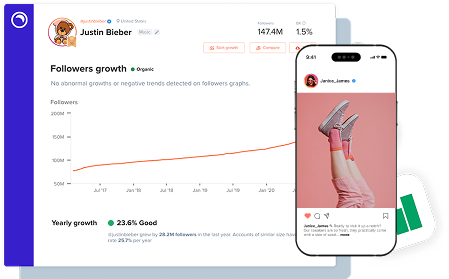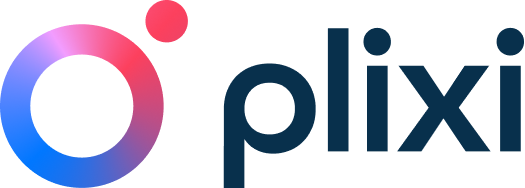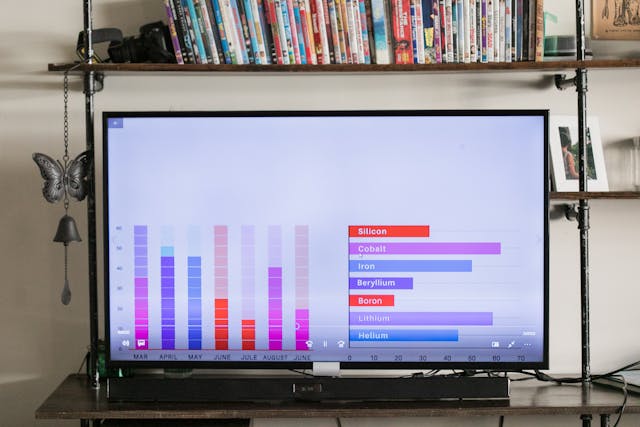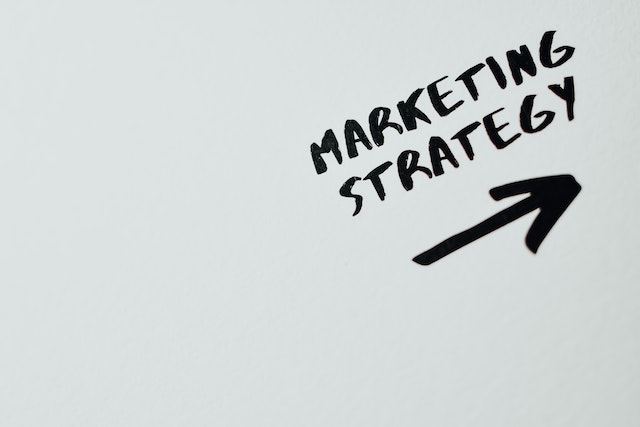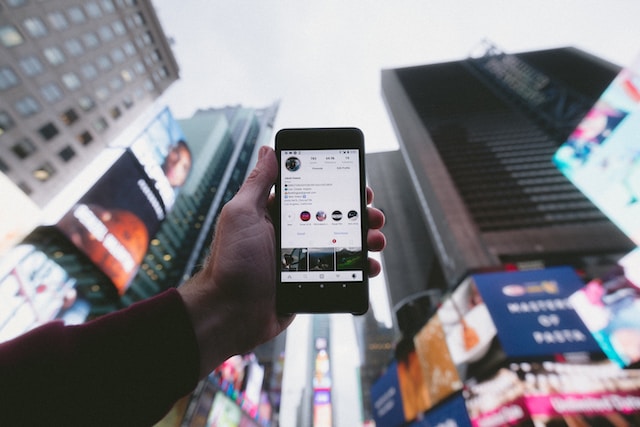Social monitoring is an excellent strategy for gaining insights into your audience. It requires extra work and resources, but the rewards are worthwhile. This is especially true for beginners who want to understand their audience better.
In this article, we’ll share the advantages of social network monitoring and the best practices. Therefore, you can begin using the strategy with great results from day one. Get it right, and you’ll have the upper hand over competitors who don’t use these practices in social media interactions.
So, without further ado, let’s get started!
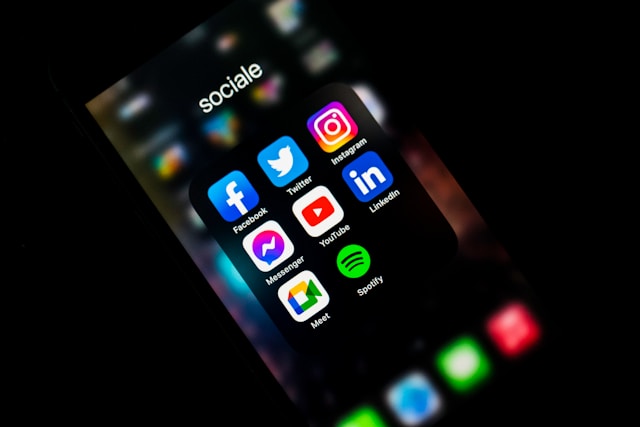
Table of Contents
What Is Social Media Monitoring?
Social media monitoring is the process of tracking and analyzing conversations, mentions, and trends related to a particular topic. You’ll typically do this on platforms like Instagram, Facebook, X, and TikTok.
When learning what social media monitoring is, you’ll need to understand the differences in social listening, which we mention later on in this article.
This practice involves using specialized tools and techniques to collect data. Also, the goal is to gain insights into public perception, customer sentiment, and emerging trends that can inform business strategies and decision-making.
5 Advantages of Social Media Monitoring
Now, let’s focus on a few of the top advantages of social media monitoring. This will help you figure out if you want to make use of social network monitoring to grow your IG account. Therefore, you can justify the cost and resources that it takes to take advantage of this technique.
1. Enhanced Customer Service
You can provide a better customer service experience by identifying disgruntled customers. Businesses can respond promptly to customer inquiries and complaints by tracking mentions and direct messages.
Additionally, engaging with users who mention the brand fosters a sense of community and loyalty. This allows you to naturally create brand ambassadors that can help promote your account and brand.
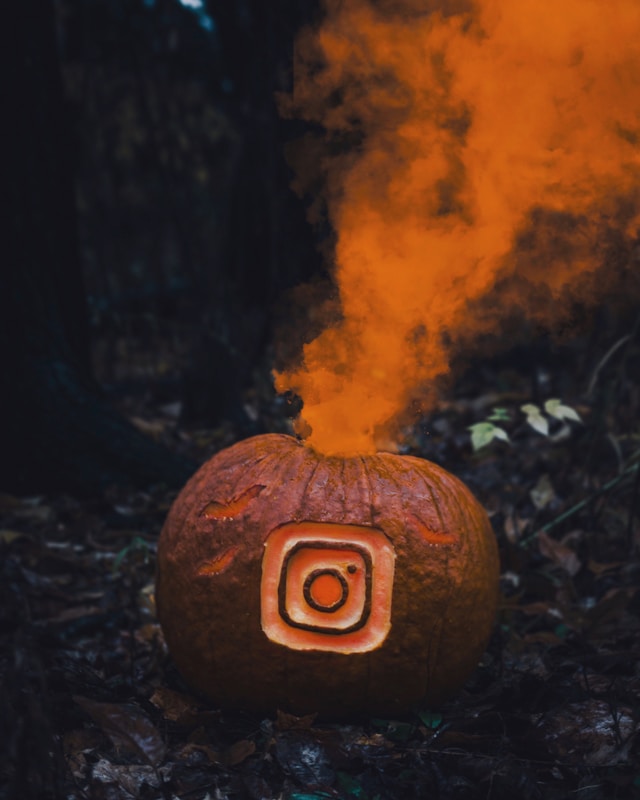
2. Brand Reputation Management
Monitoring social media can help detect potential PR crises early, allowing quick responses to mitigate damage. You’ll also get real-time insights into what customers say about a brand. This helps maintain and improve brand reputation, and it’s an important aspect of growing Instagram accounts.
You can also hire a social media brand reputation management company to help keep the community happy. They can implement the correct practices so that you’re able to avoid losing the faith of your target audience.
3. Competitive Analysis
You can monitor competitor social media activity that can provide valuable insights into their strategies, strengths, and weaknesses. Furthermore, you can benchmark your social media performance against competitors to identify areas for improvement.
Here are some tips when conducting competitor analysis on Instagram:
- Identify your competitors: You’ll need to start with brands that offer similar products or services. Also, it’s a good idea to include brands that target the same audience, even if their products or services are different.
- Analyze their social media profiles: Look at how they describe themselves and the type of profile picture they use. Additionally, don’t forget to note the keywords and phrases they use. You can use the well-implemented features as inspiration to improve your own Instagram URL.
- Content analysis: You’ll need to conduct content analysis to improve your strategy potentially. This means you need to evaluate the post frequency, content types, visual style, and captions. Pay close attention to the post that receives the most engagement. You may discover how to replicate the success of your own social media posts.
- Follower analysis: You can track competitors’ Instagram follower count growth over time. Also, you should compare the number of likes and comments to their follower count to gauge true engagement. When you notice a high follower count but low engagement metrics, it indicates there’s a problem with the account.
- Hashtags: Evaluate the hashtags they frequently use. Make sure that you pay attention to both general and niche-specific tags. This gives you an idea of what hashtags you can add to your social media channels.

4. Content Strategy Optimization
By investing in social media monitoring, you can improve the quality of your content strategy optimization. For example, you can analyze which types of content generate the most engagement. This helps you create more effective marketing materials and posts to generate growth.
Additionally, understanding what resonates with the audience enables the creation of more targeted and relevant content. It’s always a good idea to get your audience’s feedback about your content. This is valuable information you can use to get better results next time.
5. Better Product Development
Instagram brands can gather feedback about their products. Hence, business owners can discover their products’ strengths and weaknesses. This will help them address pain points in further product iterations to stay competitive in the marketplace.
Customer feedback allows you to make better business decisions since you have data to guide your thinking. However, it’s important to gather a large sample size of opinions to make the right conclusions.
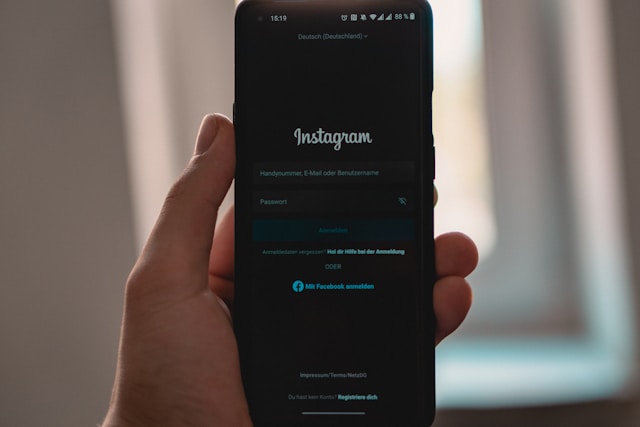
What’s the Difference Between Social Listening and Social Monitoring?
Do you want to know what’s the difference between social listening and social monitoring? Although closely related, social listening and social monitoring serve different purposes and involve different approaches.
Social monitoring involves tracking social media platforms for real-time mentions, comments, and conversations. Its primary focus is on immediate responses to customer inquiries and managing reputation by addressing negative comments.
You can also use it to measure the performance of social media campaigns. The approach makes use of real-time tracking tools and other social media management software.
In contrast, social listening goes beyond real-time monitoring to analyze the overall sentiment and themes of social media conversations. It aims to gain strategic insights into customer opinions, market trends, and competitive landscapes.
Furthermore, social listening involves analyzing large volumes of data to identify patterns and sentiments. The focus is on understanding the broader context and emotional tone of discussions to inform long-term strategic decisions.
The key differences lie in their objectives, scope, timeframe, and actionability. Social monitoring involves immediate, reactive responses, while social listening involves proactive and strategic decision-making based on comprehensive analysis.
However, combining both approaches allows businesses to manage daily interactions effectively and gain deeper insights for long-term growth.

Social Monitoring Services: Top Reasons To Use Them
Social monitoring services are tools and platforms designed to track and manage online mentions and conversations. These services help businesses and individuals stay informed about what others are saying about them on social media and other online channels.
Here are some of the top reasons to use these services to help grow your IG account:
- Lead generation: Using these services can help identify new leads for your online brand. When you monitor social media activity, you can uncover more customers and increase sales. You’ll need to keep a close eye on the social media mentions to identify users who are enthusiastic about your brand and products.
- Saves times: The services will save you time since there’s no need to view user engagement manually. For instance, the service can monitor Instagram comments for your posts to learn what customers think. Also, they can conduct surveys and polls on your behalf.
- Suggestions: Based on the information it discovers, the service can recommend what steps to take to achieve a goal. This is ideal for beginners who need help understanding how to manage their community.
5 Best Practices When Using Social Monitoring
Now, let’s explore five of the best practices you can implement when trying to gather data about your audience sentiment. This ensures you have a systematic approach that leads to the best data and decision-making.
Therefore, you can provide your current customers with the best social media content moving forward.
1. Choose the Right Tools
You’ll need to start by selecting the right tools for the job. This means researching the marketplace and finding feature-rich tools. It’s a good idea to look at tool reviews to set realistic expectations.
Also, look at the pricing options and whether a free trial is available. With a free trial, you can test the toolset without using your credit card. Make sure that you pay attention to the quality of the user interface since you’ll want a tool that’s easy to use from day one.

2. Monitor Relevant Keywords
Track mentions of your brand name, which must include common misspellings and variations. This will allow you to discover instances when the Instagram audience references your account.
Furthermore, it’s a good idea to monitor industry-specific terms. For example, these can include competitors, trends, services, products, and more. You’ll need to use software to track these terms and always be on the lookout to add more keywords.
You can also monitor the mention of hashtags relevant to your brand or industry. Instagram business accounts have access to branded hashtags, which are a great way to stand out.
3. Engage With Your Audience
Make sure to respond to our audience when you spot opportunities. This can be done by answering questions in the comment section of posts. This can lead to even more comments, which positively impacts the Instagram algorithm.
Furthermore, you can use names and personalize your responses to create a stronger connection with your audience. This can make the audience feel special and increase the chances of engagement.
4. Analyze Sentiment
Use tools to gauge the sentiment of mentions to determine if the content went down well with the audience. Therefore, you can determine if you need to create similar content moving forward or change things up.
Furthermore, you’ll need to swiftly and professionally respond to negative mentions to mitigate potential damage to your brand reputation. This is an ongoing effort; you may need to hire professionals to complete the task. You can also hire these professionals to shift the overall sentiment about your brand in a positive direction.
5. Identify Influencers
It’s important to identify the influencers in your niche so you can begin collaborations to boost account growth. Typically, it’s easy to find the massive Instagram influencers that have a big impact on your audience.
However, the right approach can uncover micro-influencers. These can be harder to locate, yet they are ideal for collaborations since they usually cost less. When monitoring online comments, you can find out what influencers are the topic of discussion. This allows you to find collaboration opportunities where your competitors may not look.

Use Social Monitoring for Instagram Account Growth
Invest in the right monitoring techniques can boost your Instagram account growth efforts. You’ll see that it can unlock a treasure trove of data that you can use to make the right decisions.
Many of your competitors may already use social monitoring, so you’ll need to keep up or be left behind. Also, remember the best practices in this article to use the strategy correctly. This ensures you give yourself the best chance to uncover the right data.
Are you looking for other ways to improve your Instagram social media account? Then, invest in advanced IG growth tools like Plixi. We are an established service with a long line of satisfied customers.
So what are you waiting for? Check out Plixi right now to speed up IG growth!
The #1 Rated Instagram Growth Service
Plixi helps you get more Instagram followers, likes and comments (and a bunch of other stuff) 10x faster.
Start Growth